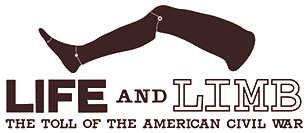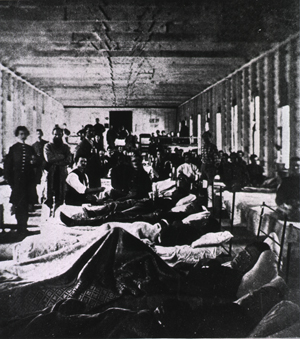
HIGHER EDUCATION
Reconstructing State and Soldier 
Reconstructing State and Soldier: Disability and the American Civil War takes the Life and Limb exhibition itself as the starting point, and offers college and university students and professors new ways to explore the Civil War and Reconstruction eras by locating the reconstruction of the individual human body within the broader context of the reconstruction of the national body. It provides both further readings and discussion questions designed to develop students’ understanding of the physical and mental impact of the war upon soldiers North and South, contrasts the perspectives of the soldiers themselves with the surgeons who treated them, and positions both within the broader context of nineteenth-century attitudes toward disability generally and war veterans specifically.
The Ordeal of War 
The Ordeal of War offers students and instructors an opportunity to discuss and examine how Civil War soldiers contended with the horrors of battle while under fire and when they left the front. Men on both sides struggled to live up to the standards demanded of them by a sentimental culture that encouraged Americans to believe that soldiers could overcome the emotional turmoil of combat through pure manliness, raw courage, and high character. This expectation was shattered on the battlefield, but civilians back home retained their idealistic beliefs.



